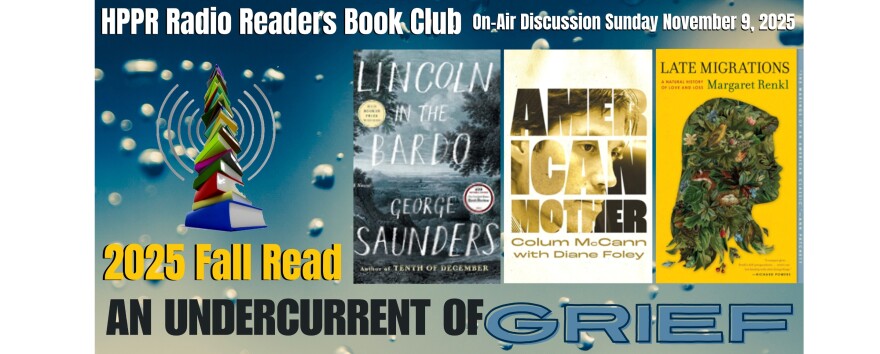Hello! I’m Tito Aznar for the HPPR Radio Readers Book Club’s 2025 Spring Read. Figuring out who we are can be messy business. It’s full of contradictions, self-doubt, pressure, and, if we’re lucky, some moments of clarity. In his memoir What’s So Funny?, David Sipress takes us through his own journey of self-discovery, showing us how humor helped him navigate family expectations, anxiety, and the unpredictable world of cartooning. At its core, his story is about identity—how it forms, how it shifts, and how we sometimes have to fight for the version of ourselves we truly want to be.
One thing that shapes our sense of self early in life is family, and for Sipress, family wasn’t exactly the nurturing, follow-your-dreams environment. His father had a clear idea of what success should look like—stable, respectable, and, most importantly, not cartooning. His mother, though more supportive, carried her own anxieties that bled into the family dynamic. This tension between who Sipress wanted to be and who his family expected him to be is something many of us can relate to.
Sipress, however, doesn’t just rebel outright; he struggles with it. For much of his early life, he’s torn between wanting his father’s approval and wanting to carve his own path. This tension is a key part of identity formation. In Sipress’ case, it took years before he fully embraced his creative identity, and even then, the doubt never completely went away. One of the most compelling parts of What’s So Funny? is how Sipress talks about anxiety—as a central part of his story. He’s anxious as a kid, anxious as a young adult, and still anxious well into his career. Yes, instead of letting that anxiety consume him, he turns it into something productive. For Sipress, humor isn’t just a way to entertain people; it’s a way to process his concerns. He worries about success, about failing his family, about whether he’s good enough at his craft, yet instead of letting that uncertainty paralyze him, he puts it into his art. His cartoons, full of neurotic, overthinking characters, reflect his own struggles, making them both personal and universal.
What’s So Funny? makes clear that finding one’s identity isn’t a smooth, linear process. It’s failing, rethinking, and trying again. Sipress’ journey to becoming a New Yorker cartoonist was anything but glamorous. He faced rejection, and he wasn’t even sure he was on the right path, and that’s exactly why his story is so relatable. Nobody wakes up one day with a fully formed sense of self. We figure it out as we go, and often, failure is the thing that forces us to confront who we really are. For Sipress, rejection didn’t just push him to improve; it made him reflect on why he wanted to take this path in the first place.
This is an important idea when thinking about identity: it’s not just about what we like or what we’re good at, but what we’re willing to keep doing, even when it’s hard. Sipress doesn’t just want to be a cartoonist, he needs to be one. That realization, more than any external validation, solidifies his identity.
One of the biggest takeaways from What’s So Funny? is that humor isn’t just a way to entertain; it’s a way to take control of our own story. Sipress uses humor to navigate his anxieties, his family pressures, and his career struggles. His cartoons aren’t just jokes; they’re a form of self-expression, a way of making sense of the world. A lot of times, we think of identity as something serious, something that requires deep reflection and personal breakthroughs, but Sipress reminds us that sometimes the best way to understand ourselves is to take a step back and laugh. Not in a dismissive way, but in a way that acknowledges how ridiculous, frustrating, and unpredictable life can be. Humor, in this sense, is more than just a coping mechanism—it’s a way of owning who we are. I’m Tito Aznar for the HPPR Radio Readers Book Club.










